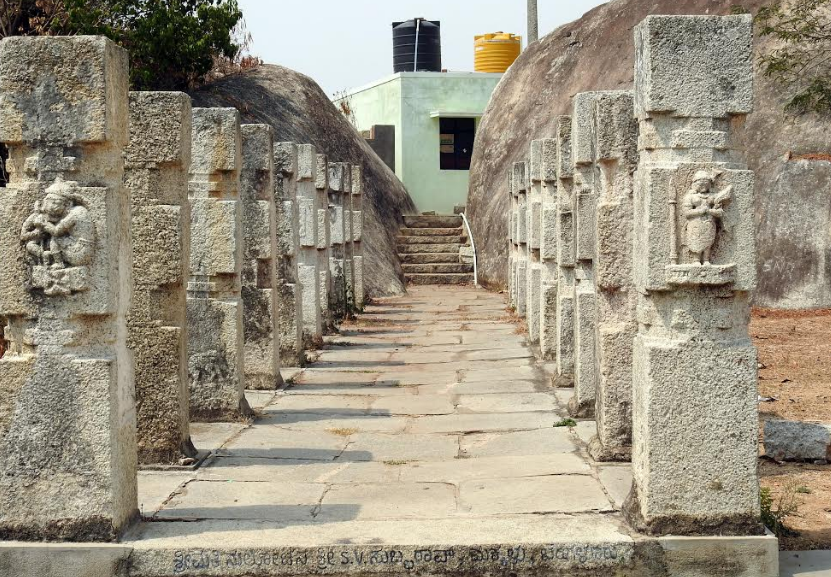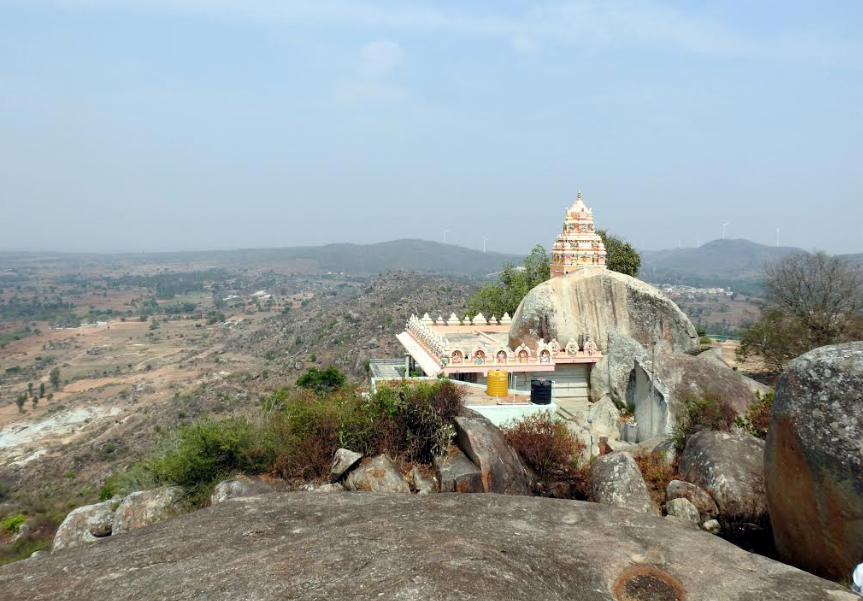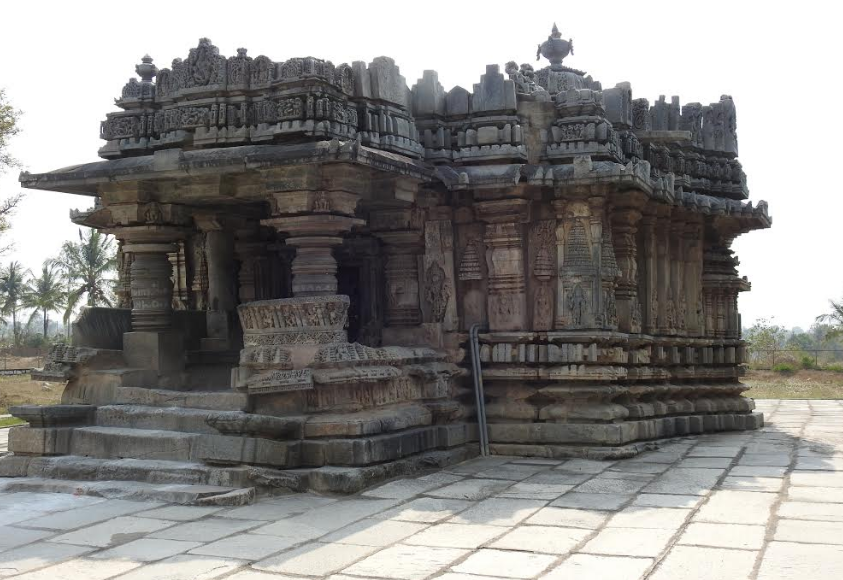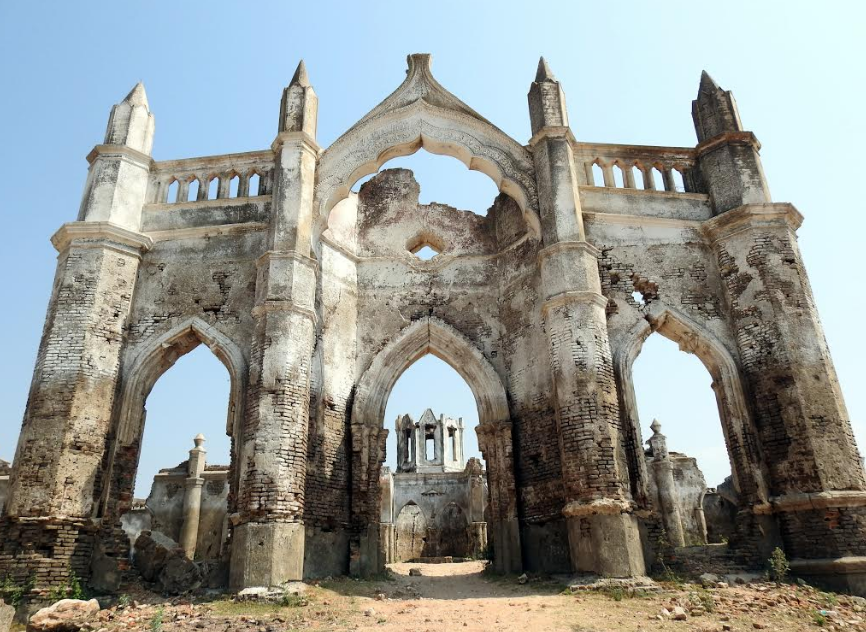Located close to 183 km from Bengaluru, Hassan has so many secrets up its sleeve that it must be on every traveller’s itinerary. This district has a rich past and reached its pinnacle under the Hoysala rule. Blessed with scenic natural sights, this is also a treasure trove of Hoysala architecture and sculpture. It is believed that Hassan got its name after the presiding deity of this place Goddess Hasanamba. With a tributary of the Cauvery, river Hemavathi flows through various parts of Hassan and this makes for stunning visuals. Here are some sights that you must not miss on your next visit to Hassan.
Gorur Dam
India’s second largest earth dam is at Gorur and this dam is formed across the Hemavathi reservoir and was built in 1979. Named after the well known Kannada literature personality Gorur Ramaswamy Iyengar, this dam is huge and can be reached via a short walk from the gate. The reservoir is primarily used for both drinking water and irrigation for the nearby villages. If you visit this place post monsoons, you can see the water in full force. Permission needs to be sought from the authorities to go on the top of the dam to see the reservoir so make sure you have this in advance to avoid disappointment.
Temples of Mosale
The twin temples of Nageshwara and Channakeshava in Mosale have intricately designed architecture and scriptures and are widely believed to be prototypes of the famed temples of Belur and Halebid. The Chennakeshava temple is dedicated to Lord Vishnu and the Nageshwara temple is dedicated to Lord Shiva and both are built in the Hoysala style of architecture of the 12th century. Located in a tiny village, the place is quiet and you can spend a lot of time admitting the detailed carvings on the walls. In fact locals believe that if you visit these temples, then you pretty much have an accurate idea of what temples are like in Belur and Halebid and even if you cannot make it, you would have a good idea of the architecture. After you are done, take a walk around the village and you can see a slice of the rural life and also see cotton, banana and corn plantations.
Shettyhalli Church
A circuitous drive through sand, gravel and vegetation that seems a little treacherous at first, leads you to the stunning ruins of Shettyhalli church. Built on the banks of the River Hemavathi in the 18th century, the church is submerged in water during the monsoons as it is located on the backwaters. This is when the beauty of the church comes to the forefront as it seems almost magical. However I went in the summer months and still came away enamoured by the beauty of this gothic architectural site. The European influence on the design is very evident and even though it is in ruins, this place makes for beautiful pictures. However it needs to be better maintained as I did notice a lot of trash strewn around here when I visited the place.
Sri Ranganatha temple
Mavinakere a small village near Holenarasipura and is known for its Sri Ranganatha is a cave temple with a star shaped architecture and also has a statue of Hanuman and the drive up to the hill is scenic. This place is also known for the Mavinakere Sri Lakshmi Venkataramanaswamy temple that is frequented by families being a family deity for several people. The temple is very old and has a tiny boulder called saligrama in Kannada that has a rim that absorbs anything poured into it. Apart from religious significance, there are stones arranged in parallel lines that remind you of the Stonehenge’s of England.

Holenarsipura
A small town on the banks of the Hemavati, Holenarsipura is home to an ancient temple dedicated to Narasimha, an incarnation of Vishnu. The town is named after the banks of the river (hole), the presiding deity Narasimha (Narsi) and pura (town). The main deity here is that of Lakshmi Narasimha and this temple is said to be about 650 years old. Built in the Chola architectural style, legend has it that Vasishta Maharshi visited this place and prayed to Lord Narasimha who is said to have blessed him like he blesses the devotees who come here. The temple premises are quite expansive and there are numerous smaller structures dedicated to other Gods and Goddesses. The annual car festival is called the Brahmotsava and this is when pilgrims flock this place.
Sri Ramadevara dam
This is an old dam that dates back to 1870 (as per a sign board here) that is a scenic water body where you can catch magnificent sunrises and sunsets. The best part of the dam is that there is a path where you can walk through to the other end and the water is on both sides and often touches your feet too. There are small temples on either side of the water body that have old carved stones (called veragalu locally). It is believed that one of these temples actually has the Goddess who protects the village. Being a water body this is a great place to spot birds and egrets, pond herons, cormorants, kingfishers and bulbuls are commonly spotted here. I also took a bullock cart ride here and it was great fun.
Hassan has many more gems that you can visit as well. These include the Veeranarayana Temple dedicated to Lord Vishnu built in the Chalukya style of architecture and built around 1104 AD and the District Museum that has a large collection of antiques of archaeological importance. In fact the best way to discover Hassan is to explore the place talking to locals and village folk who are sure to point out some rare gems that are off the touristy track. Hassan is certainly a place that has many places to discover and the best part that it merges nature and history seamlessly like no other.
This story appeared in the May 9th 2017 issue of Deccan herald Spectrum here.




Amazing collection..
Thank you very much!
There’s so much to see around here. What a flourishing ancient civilisation it must have been once…
Thanks indeed there is so much to see and explore. I still feel it is the tip of the iceberg though. But I guess that is with anywhere in India.